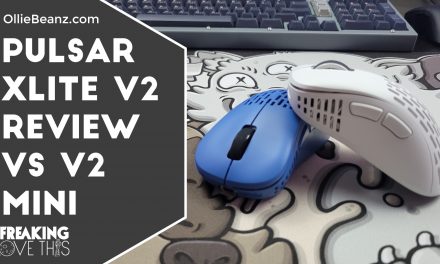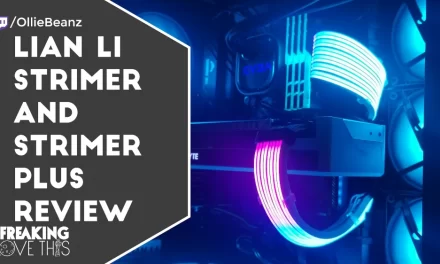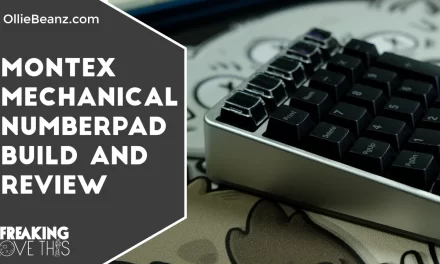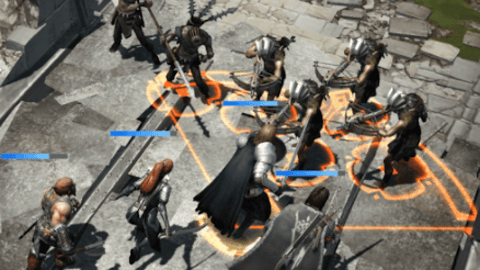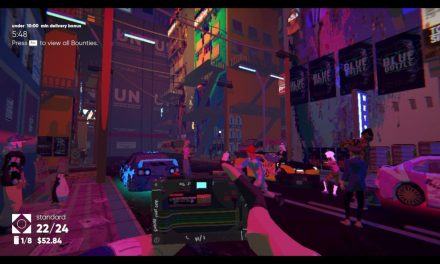
Two Point Hospital Review – Laughter Is The Best Medicine

Back in 1997, Theme Hospital laughed us all back to health with its acutely tongue-in-cheek approach to hospital management simulation. 21 years later, ![]()
![]()
![]()
![]()
![]()
![]()
![]()
![]()
For your hospital to run smoothly and make lots of money, patients need to be diagnosed and then treated as quickly as possible. For some that means a quick trip to the GP’s office, then a jab in the injection room. But for most, this means long stays and visits between different rooms for tests and eventual treatment. For these patients, as well as your staff, you’ll need to make sure there’s plenty of things around to keep their mood up, placing importance on how you make use of your space. Getting it right can make the difference between having the best reputation in the business, or causing an innumerable number of patient deaths, dropping your reputation and bank balance into the toilet. Helpfully, you’re given lots of colourful graphs and floor charts to work out what needs improvement, so you’re not left out in the cold trying to work out why all your patients are rage-quitting and storming out the hospital doors before being treated.
The tools for drawing out rooms and placing furnishings feel intuitive and robust; rooms are drawn out like blueprints on a floor plan, then once you’re happy with the layout you can place your items like desks, bookshelves and coffee machines. Items help add prestige to a room, and are unlocked using Kudosh, a reward currency that’s awarded for completing objectives. The larger the room and the more you fill it with items, the higher its prestige and happier staff and patients will be when using it, meaning staff work longer and for less money and patients will pay you more. This creates an interesting dichotomy between saving available space for a bigger variety of rooms, or building larger, higher-level rooms and seeing the effects that both have on your staff and patients.
Later missions go out of their way to shake up the established gameplay loop by throwing machine-damaging natural disasters like storms and earthquakes at you. You need to draw on everything you’ve learned up to that point as mission objectives broaden and your funds start to spread thin. You also have to consider the mind-boggling number of different treatment rooms to research and prioritise which to build and which patients to turn away. While some diseases only require a pharmacy to cure, others require their own rooms with expensive equipment, and putting all your money into the wrong treatments could leave your bank account reeling.
Thankfully anything that’s researched in one mission becomes available in all others, so if you get stuck somewhere and don’t have the funds to research what you need, you can always go back to a previous hospital and get them to front the research bill instead. This grander focus across all your hospitals extends to a light multiplayer portion in the form of leaderboards. All of your stats like cure rates, money earned and reputation are saved to online leaderboards, where you can compare your successes and failures against your friends. It’s only good for bragging rights, but it’s a nice addition regardless.











Part of Two Point Hospital’s overwhelming charm is its sense of humor, which permeates every corner of the game, from the fantastically funny radio station–complete with fake ads and feature segments–to the pun-laden disease names like Jest Infection or 8-bitten. Someone suffering Mock Star shuffles about with the look and swagger of Freddie Mercury, requiring a session with the psychiatrist to pull them out of it. Equally funny are the contraptions used to cure some of the rarer conditions. The Extract-a-Pan treats Pandemic and is a giant magnet on the end of a tube that pulls the pan off the top of the patient’s head. The writing throughout is sharp and witty, with the descriptions of various ailments being a particular high point.
But just discovering those diseases and their often darkly funny symptoms, as well as watching your staff and patients go about their day, feels rewarding enough. Everything moves with the look and flow of a cartoon pantomime; patients will die only to come back as ghosts and haunt your hallways until a janitor can come along and suck them up with a vacuum cleaner. At one point my receptionist got up from his desk, vomited in front of patients because he was disgusted by something, then left to pour a coffee in the break room before demanding a pay raise. It nails the Theme Hospital nostalgia and is so good that even the 20th time you hear the announcer ask patients “not to die in the hallways” is hilarious.
Part of Two Point Hospital’s overwhelming charm is its sense of humor, which permeates every corner of the game.
The one area where the game does suffer is in the minor grind of starting a brand-new hospital for each new mission. After spending hours perfecting several locations, going through the early phases of a new hospital starts to feel more like a chore than it should. It’s not a long process, but it quickly becomes a section you want to rush through to get to the things you haven’t seen yet.
It’s remarkable that it’s taken so long for a spiritual successor to Theme Hospital to show up, but now that it’s here, it feels like it’s been well worth the wait. The exaggerated, cartoon look and relaxed approach to management make it inviting enough for most players, while the deeper aspects of its economy are enough to keep seasoned players engaged. Two Point Hospital not only re-works an old formula into something modern and enjoyable, it also iterates on the classic brand of irresistible charm and wit, making something that’s truly wonderful.
Source:: GameSpot Reviews

